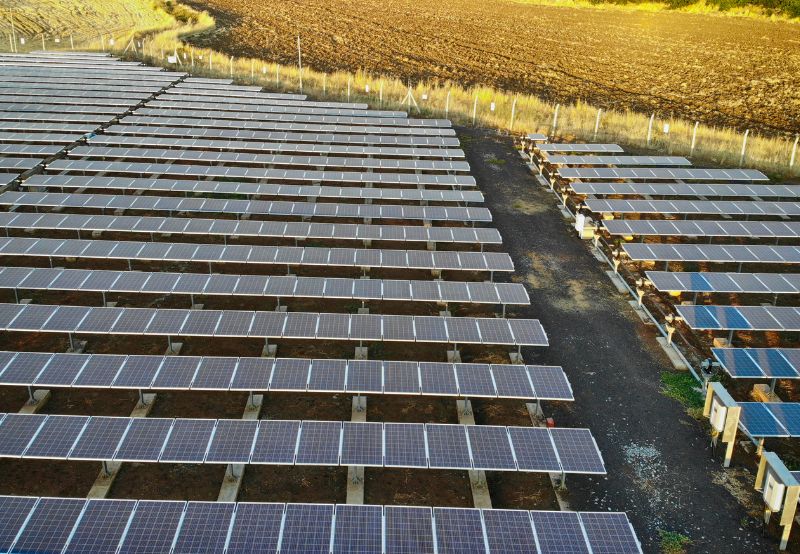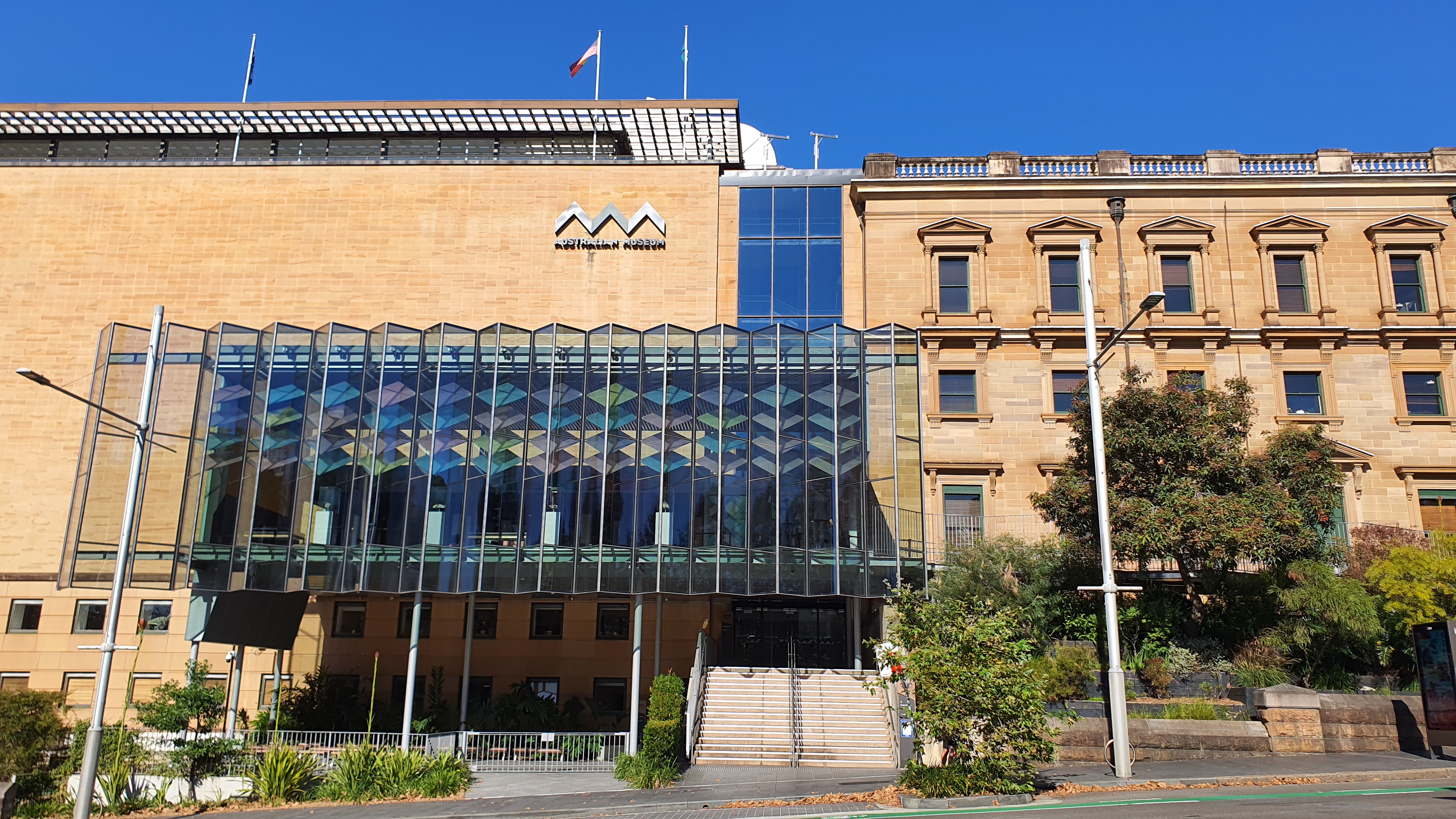Structure, regeneration and carbon stocks of woody plants in the Litwang’ata village land forest reserve, Southwest Tanzania
Ezekiel Edward Mwakalukwa1*, Samora Macrice Andrew2
1Department of Ecosystems and Conservation, College of Forestry, Wildlife and Tourism, Sokoine University of Agriculture, P.O. Box 3010 Chuo Kikuu, Morogoro, Tanzania
2Department of Botany, College of Natural and Applied Sciences, University of Dar es Salaam, P.O. Box 35060,
Dar es Salaam, Tanzania
Abstract
Mwakalukwa, E.E., Andrew, S.M., 2024. Structure, regeneration and carbon stocks of woody plants in the Litwang’ata village land forest reserve, Southwest Tanzania. Folia Oecologica, 51 (1): 29–38.
The plant biodiversity status of many village land forest reserves is little known to support meaningful implementation of sustainable forest management objectives in Tanzania. This study was conducted to assess the status of Litwang’ata village land forest reserve in Ludewa district, Southwest Tanzania through 20 square sample plots of 10 × 10 m. A total of 20 woody plant species belonging to 12 families and 19 genera with DBH ≥ 5 cm were identified in the study forest. The most important species with their importance value index were Brachystegia spiciformis (78.02), Brachystegia boehmii (22.05), Faurea saligna (15.18), Uapaca kirkiana (14), Acacia amythethophylla (13.07), Pseudolachnostylis maprouneifolia (12.76) and Gardenia ternifolia (10.36). The forest had a Shannon diversity index (H´) of 2.27, indicating medium diversity. Stand structure comprised 1,330 ± 523 stems ha–1, basal area of 18.97 ± 6.81 m2 ha–1 and stand volume of 142.36 ± 52.17 m3 ha–1. The mean above- and belowground carbon stocks were 46.97 ± 17.23 Mg ha–1 and 23.90 ± 8.58 Mg ha–1 respectively. The higher tree densities, basal area, stand volume and carbon stocks recorded in this study compared to other Miombo woodlands indicate that Litwang’ata forest is still in good condition, and managment efforts should be strengthened to bolster biodiversity conservation for present and future generations.
Keywords
carbon stock, plant biodiversity, species composition, species diversity, wet Miombo woodlands, Tanzania
Mwakalukwa and Andrew 2024



